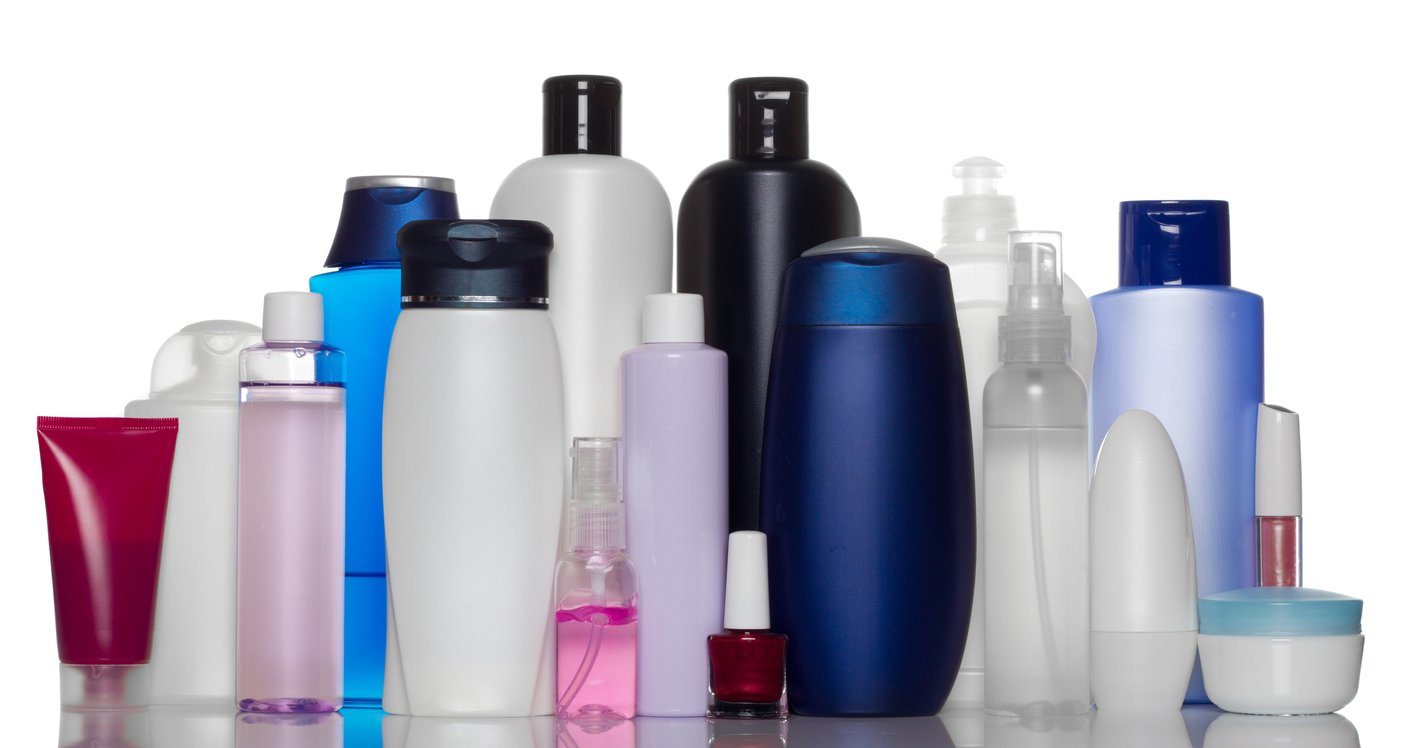How to Import Cosmetics into Canada: A Step-by-Step Guide for Global Brands
If you’re looking to expand your cosmetic brand, learning how to import cosmetics into Canada is a critical first step. The Canadian market offers incredible potential for growth, but it’s also governed by strict regulations. From labeling laws and ingredient restrictions to product classification and compliance documentation, understanding Canadian cosmetic regulations will help you avoid costly mistakes and ensure a smooth market entry.
In this step-by-step guide, we’ll show you exactly what it takes to launch your cosmetic products in Canada—compliantly and confidently.
Step 1: Make Sure Your Product Qualifies as a Cosmetic
Canada defines a cosmetic as a product that cleans, beautifies, or alters appearance—this includes lotions, perfumes, makeup, shampoos, and more. However, some brands mistakenly use medical or therapeutic language that pushes their product into drug or natural health product territory.
Products that claim to treat acne, repair skin, reduce inflammation, or perform similar functions could fall outside the cosmetic category and require additional licensing.
To stay compliant with Canadian cosmetic regulations:
-
Review every product claim on your packaging, website, and ads.
-
Avoid suggesting your product cures, treats, or prevents medical conditions.
Step 2: File the Cosmetic Notification Form (CNF)
One of the most important steps in importing cosmetics into Canada is submitting a Cosmetic Notification Form (CNF) to Health Canada. This form is mandatory for every cosmetic sold in the country and should ideally be submitted before your product arrives at the border.
You’ll need to provide:
-
Product name, format, and purpose
-
Full ingredient list with INCI names and percentages
-
Manufacturer details
-
A Canadian Responsible Person with a physical address
This form must be updated whenever the product formula, packaging, or importer changes.
Step 3: Check All Ingredients Against Canada’s Hotlist
Just because an ingredient is legal in the U.S. doesn’t mean it’s permitted in Canada. Health Canada maintains a Cosmetic Ingredient Hotlist that lists banned and restricted substances.
Fragrance allergens, colorants, UV filters, and preservatives are commonly regulated. Even small changes in concentration levels can affect compliance.
Make sure to review each ingredient thoroughly to meet Canadian cosmetic regulations, and avoid delays at customs.
Step 4: Create Bilingual Labels
Canada’s Consumer Packaging and Labelling Act requires that all mandatory label elements appear in both English and French. These include:
-
Product identity
-
Net quantity
-
Directions for use
-
Warnings and cautions
-
The word “Ingredients”
Ingredient names can remain in standard INCI English. But all other core information must be bilingual—this applies to both physical packaging and digital listings if you sell online in Canada.
Step 5: Designate a Canadian Responsible Person
To legally sell your product in Canada, you must appoint a Responsible Person located in Canada. This individual or entity is your regulatory point of contact and is named on the CNF.
They must be able to:
-
Respond to Health Canada inquiries
-
Maintain product records
-
Ensure packaging and formulation remain compliant
A P.O. box does not qualify. If you don’t have a local office, you can outsource this role to a compliance partner like Cosmereg.
Step 6: Prepare for Customs and Border Services
When your product crosses the border, Canada Border Services Agency (CBSA) can inspect it for compliance with the Cosmetic Ingredient Hotlist, CNF accuracy, and bilingual labeling.
Shipments may be held or rejected if anything is missing or out of compliance. Distributors and retailers often require documentation upfront, including proof of CNF filing and ingredient compliance.
Proper planning helps you avoid delays and maintain your retail relationships.
Step 7: Understand the Rules for Online Sales
E-commerce brands targeting Canada must also follow Canadian cosmetic regulations. If you accept CAD payments, list Canadian provinces, or advertise to Canadian audiences, your products are considered sold in Canada.
That means your website, claims, and packaging must all meet the same standards as in physical stores—including bilingual text and compliant claims.
Final Thoughts: Compliance Isn’t Just a Requirement — It’s a Business Advantage
Knowing how to import cosmetics into Canada isn’t just about checking boxes. It’s about building trust with Canadian retailers, customers, and regulators. When you comply with every detail—from ingredient approvals to proper labeling—you minimize risk and increase your brand’s credibility in a competitive market.
At Cosmereg, we make the compliance process simple. We handle your CNFs, audit your ingredients against Canada’s Hotlist, translate your packaging, and even act as your Canadian Responsible Person. With us, you’ll launch with confidence—and without surprises at the border.
Need Help Getting Started?
Reach out to Cosmereg’s regulatory team for a free consultation today.



